Living the Divine: Rituals That Shaped Ancient Egyptian Life
Visiting Egypt as a history enthusiast, I remember standing before the towering ruins of Luxor, imagining the Ancient Egyptian Festivals once celebrated in those same spaces. These grand events, often called Heb, weren’t just seasonal gatherings—they were sacred manifestations of the divine on Earth. People came with gratitude in their hearts, bringing offerings and performing sacrifices to honor the gods, seek their favor, and take part in celebrations that reminded them of the belief that the world itself operated by the will of these celestial beings. Everything from the chants of the priests to the processions led by Pharaohs and Queens reflected how the spiritual and the earthly were deeply woven together in the fabric of human existence.
From my studies and travels, I’ve seen how the purpose of Ancient Egyptian Festivals wasn’t limited to mere tradition. They gave the people of Egypt the chance to witness the presence of their gods, something believed to be rare and powerful. These sacred celebrations didn’t just bring joy—they were key in shaping how people understood life, their place in the cosmos, and the responsibilities of their leaders. Every year, the festivals were carefully timed, interpreted, and upheld by religious authorities to maintain cosmic balance. It’s this deep intertwining of ceremony and meaning that has left such a lasting impression on me—and on the world. Even in modern times, the legacy of these ancient practices still echoes through the sands of Egypt.
Ancient Egyptian Festivals Calendar
The Sacred Rhythm of Time in Ancient Egypt
As someone who’s always been fascinated by the precision of ancient calendars, I’ve often thought about how Ancient Egyptian Festivals were deeply tied to the seasons and the rhythm of the Nile. One of the most significant events was Wepet Renpet, or New Year’s Day, celebrated in mid-July to mark the start of the Egyptian calendar year. It was a time of feasting and renewal, coinciding with the annual flooding of the Nile River—a natural event symbolizing fertility and new beginnings. The year then unfolded with grand celebrations like the Festival of Opet, dedicated to Amun, where processions, music, and offerings filled the streets from Karnak to Luxor.
These events were not just festive occasions; they were an essential part of the Egyptian people’s connection to the divine. Among the many Ancient Egyptian Festivals, the Feast of the Valley in October and November honored the goddess Hathor, with prayers offered to ancestors resting in the necropolis. The Beautiful Feast of the Valley, a grander version celebrated during the New Kingdom, featured sacred processions in which the statues of gods were carried from their temples to the tombs of pharaohs in the Theban Necropolis. Other important celebrations, like the Festival of Sokar in December and January—with its rituals of death and resurrection—and the Feast of the Wadi in June or July, honored deities such as Mut through offerings and ceremonies in the desert. The Egyptian calendar itself was divided into twelve months of thirty days each, with extra days dedicated to the gods, making every season a living expression of the eternal bond between the divine and humankind.
Ancient Egyptian Festivals and Celebrations
Ancient Egyptian Festivals and celebrations were far more than communal gatherings—they were deeply spiritual experiences designed to bring people closer to the divine. Through these sacred rituals, individuals connected with their gods and the vibrant history that shaped their civilization. Today, as visitors explore Egypt’s majestic temples, tombs, and pyramids, they aren’t just witnessing ancient wonders—they’re stepping into a living testament to the past, where every stone holds a story. With the guidance of an Egyptologist, travelers can uncover these timeless treasures and gain a deeper understanding of the cultural and religious traditions that formed the heart of Egyptian life.
When you embark on a Nile River cruise, you journey through the Nile Valley—a place where time itself seems to stand still. The flowing river bridges the past and the present, offering a remarkable way to explore the mysteries of the ancient world. As you glide past massive stone structures and historic landmarks, the stories of Egypt’s enduring culture come alive. Along the riverbanks, the legacy of Ancient Egyptian Festivals still echoes in the temples and villages, where spirituality and celebration once intertwined. These timeless traditions continue to serve as a living link between history and the future, allowing travelers to experience the beauty and significance of Egypt’s rich heritage.
Ancient Egyptian Festivals and Traditions
The God’s Birthday Parties (the Epagomenae)
Among the most fascinating Ancient Egyptian Festivals was the celebration of the Epagomenae—a special five-day period marking the end of the year and honoring the birthdays of the gods. Rooted in Egypt’s creation mythology, each day of this festival celebrated the birth of a specific deity born from Nut, the sky goddess. These divine “birthday celebrations” were not merely festive occasions but sacred rituals linking the mortal and the divine. The birth of Ra, the sun god, was celebrated first, followed by the births of Geb, the earth god, and Thoth, the god of knowledge, each symbolizing renewal and cosmic harmony before the start of a new year.
Each of these divine birthdays was rich with symbolism, reflecting the unique powers the gods held over the world. Khonsu, the moon god, embodied the light that guided the night, while Osiris, Lord of the Duat, was revered for his role in death, resurrection, and eternal life. The Epagomenae also honored Horus, the god of kingship, and Seth, the embodiment of chaos and strength. During these Ancient Egyptian Festivals, people gathered to perform sacred rituals, play symbolic games like Senet, and honor Isis and Nephthys, the protective sisters of Osiris. Through these celebrations, the Egyptians reaffirmed the divine balance that governed their world, ensuring the eternal cycle of life, death, and rebirth.
The Opet Festival: A Sacred Journey of Rejuvenation
Among the most significant Ancient Egyptian Festivals was the Opet Festival, celebrated during the second month of Akhet and marking a central event in the Theban religious calendar. This annual celebration, lasting eleven days, was devoted to the rejuvenation of the pharaoh and the renewal of his divine power. The heart of the festival was a grand procession, carrying the statue of Amun from the Karnak Temple to the Luxor Temple—two sacred centers of Thebes. This ceremonial journey symbolized the sacred union between Amun of Karnak and Amun of Luxor, representing the cosmic renewal that ensured harmony between the gods, the king, and the universe.
At the heart of this grand celebration was the reaffirmation of the Theban Triad—Amun, the chief god; Mut, his consort; and Khonsu, their son. Like many Ancient Egyptian Festivals, the Opet Festival served as both a public celebration and a sacred renewal of cosmic order. The ceremonial journey was believed to strengthen the king’s bond with the gods, ensuring his rule was sustained by divine power. Seen as an annual re-creation of the world, the festival symbolized the renewal of life and the reaffirmation of the pharaoh’s reign. Through magnificent rituals and processions, the people of Thebes witnessed the divine presence of Amun himself, a powerful reminder of the gods’ role in maintaining balance across the universe.
The Festival of the Egyptian New Year (Wepet-Renpet)
Among the most meaningful Ancient Egyptian Festivals was the celebration of Wepet-Renpet, the Egyptian New Year—a time that symbolized death, rebirth, and the eternal cycle of life. This sacred event marked the reappearance of the star Sothis, or Sirius, after its brief disappearance from the night sky. Its rising at dawn on the eastern horizon was seen as a divine sign of renewal, heralding the annual inundation of the Nile River. This life-giving flood brought fertility to the land, ensuring prosperity for the people and reaffirming the powerful connection between the heavens, the river, and the rhythms of Egyptian civilization.
Like many Ancient Egyptian Festivals, Wepet-Renpet was a celebration deeply tied to the rhythms of nature and the divine. It was a time to honor Osiris, the god of the afterlife and rebirth, and to rejoice in the renewal of the land after the floods. The inundation of the Nile breathed life into the soil, ensuring a fresh cycle of crops and abundance for the coming year. More than a marker of time, the Wepet-Renpet festival symbolized hope, rebirth, and the eternal bond between the people, the earth, and the cosmos—a powerful reminder that each new year brought both spiritual and earthly renewal to Egypt.
The Feast of the Valley: Honoring the Departed
Among the most sacred Ancient Egyptian Festivals was the Feast of the Valley, also known as the Festival of the Dead, celebrated during the Shemu harvest season. This deeply spiritual event allowed the living to renew their bond with the souls of the departed, ensuring they were remembered and cared for in the afterlife. The celebrations centered around the mortuary temples and necropolises of the Theban Triad, particularly near the cliffs of the Valley of the Kings and Queens. During the festival, statues of gods and ancestors were brought outside the temples, where offerings of flowers, food, and libations were made to honor the spirits and secure their peace in the next world.
Much like Mexico’s modern Day of the Dead traditions, this sacred celebration—one of the most meaningful Ancient Egyptian Festivals—marked the Akhet season of Nile flooding, when the connection between the living and the divine was renewed. Offerings of food, flowers, and drink were made to sustain the souls of the departed as they journeyed through the afterlife, reflecting the Egyptians’ deep belief in the eternal cycle of death and rebirth. Through these rituals, the people reaffirmed their spiritual bond with their ancestors and the gods, celebrating the unbroken continuity of life, death, and the divine.
The Sed Festival: The King’s Rite of Rejuvenation
Among the grand Ancient Egyptian Festivals, the Sed Festival—also known as the Jubilee Festival—stood out as a powerful symbol of royal renewal. Celebrated after thirty years of a king’s reign, it marked the rejuvenation of his divine will and authority, reaffirming his strength to rule both physically and spiritually. During the festival, the pharaoh performed a series of sacred rituals, demonstrating his vitality and readiness to continue governing Egypt. One of the most iconic moments was the ritual run within an enclosed court, symbolizing his dominion over the land and his enduring power to maintain harmony and order throughout the kingdom.
A striking ritual during the Sed Festival involved the king shooting fire arrows toward the four cardinal directions, reaffirming his dominion over all of Egypt and his divine duty to protect it from harm. This act was more than a demonstration of strength—it symbolized the unity, stability, and prosperity the pharaoh brought to his people. Like many Ancient Egyptian Festivals, the Sed Festival represented renewal on every level: the rejuvenation of the ruler’s power, the reaffirmation of cosmic order, and the celebration of Egypt’s enduring wealth and vitality under divine kingship.
Ancient Egyptian Religious Festivals
The Opet Festival: A Sacred Celebration of Divine Power
Among the most revered Ancient Egyptian Festivals was the Opet Festival, a grand celebration of rejuvenation and divine connection. Held during the inundation season in August and September, it honored Amun, the chief god of Egypt, whose sacred image was carried in a ceremonial barque from the Karnak Temple to the Luxor Temple. This majestic procession symbolized the divine union between Amun and his consort, the goddess Mut—an act believed to renew the cosmos and bless the land with prosperity and fertility. Through this sacred journey, the people celebrated the harmony between gods, nature, and the pharaoh, ensuring the continued balance of life across Egypt.
During this grand celebration, the temples of Karnak and Luxor transformed into vibrant centers of worship and devotion. Like many Ancient Egyptian Festivals, the Opet Festival was more than a religious ceremony—it was a living expression of faith and renewal. As the sacred procession made its way between the temples, people gathered to witness what they believed was the physical manifestation of the gods’ presence, reaffirming divine protection and favor. The festival served as a powerful reminder of the deep bond between the deities and the people, celebrating the eternal cycles of nature, kingship, and divine power that sustained Egypt.
Ancient Egyptian Religious Festivals
The Feast of the Wadi: A Celebration of Chaos and Creation
Among the most vibrant Ancient Egyptian Festivals was the Feast of the Wadi, also known as the Feast of Drunkenness, celebrated between June and July. Dedicated to Hathor—the goddess of joy, music, love, and fertility—it was a time of exuberant celebration filled with song, dance, and feasting. The festival’s atmosphere reflected Hathor’s dual nature: joyous yet powerful, nurturing yet wild. Participants often sought an ecstatic state of communion with the goddess, sometimes through the use of mandrake, a plant linked to intoxication and transformation. Through these lively rituals, the Egyptians celebrated both the pleasures of life and the divine energy that animated their world.
Like many Ancient Egyptian Festivals, the Feast of the Wadi was far more than a time of indulgence—it represented the sacred union of chaos and creation, embodying the divine forces that shaped the universe. During this celebration, Egyptians embraced the unpredictable rhythms of life, when the veil between the earthly and the divine grew thin. Through dance, music, and ritual ecstasy, the people sought spiritual renewal and a deeper connection with Hathor’s transformative power, celebrating both the beauty and the wildness that sustained the world.
The Beautiful Festival of the Valley: A Tribute to the Departed
Among the grand Ancient Egyptian Festivals, the Beautiful Festival of the Valley stood out as a deeply sacred celebration during the New Kingdom. It honored both the gods and the departed pharaohs, symbolizing the eternal bond between life and death. Crowds gathered at the Theban Necropolis, where temples and royal tombs lined the west bank of the Nile. The most profound moment came when the statues of the gods were carried in procession from their temples to the tombs of the kings, uniting the worlds of the living and the dead. Through offerings, music, and prayer, the people reaffirmed their devotion and ensured the continued well-being of the souls in the afterlife.
Rituals and reenactments of sacred mythological events filled the days of the festival, allowing the people to relive the stories of the gods and their divine influence over the land. Among the most remarkable Ancient Egyptian Festivals, the Beautiful Festival of the Valley stood out as far more than a day of remembrance—it was a vivid expression of faith and devotion. Through processions, offerings, and heartfelt prayers, Egyptians celebrated the enduring legacies of their pharaohs and gods, bridging the realms of the living and the dead in a powerful act of spiritual unity and reverence.
Wag Festival: Honoring Ancestors and Ensuring Protection
The Beautiful Festival of the Valley was one of the most cherished Ancient Egyptian Festivals, celebrated with great devotion and joy. Rituals and reenactments of sacred mythological events filled the days of the festival, allowing people to relive the stories of the gods and their divine influence over the land. This special occasion was far more than a day of remembrance—it was a vivid expression of faith and unity. Through processions, offerings, and heartfelt prayers, Egyptians honored their pharaohs and gods, strengthening the connection between the living and the dead and ensuring harmony between both worlds.
Rituals and ceremonies played a central role in the Beautiful Festival of the Valley. Egyptians believed that by performing these sacred traditions, they could strengthen their bond with the gods and the spirits of their ancestors. The festival was not only a time of remembrance but also a sacred opportunity to seek divine favor for prosperity and protection. By celebrating this powerful connection between the living and the dead, the Beautiful Festival of the Valley—one of the most cherished Ancient Egyptian Festivals—ensured spiritual harmony and eternal blessings for all who took part.
Feast of Min: A Celebration of Fertility and Abundance
The Beautiful Festival of the Valley was one of the most significant Ancient Egyptian Festivals, dedicated to honoring the gods and the spirits of the deceased. Celebrated with great devotion, this festival reflected the Egyptians’ deep respect for life, death, and the afterlife. People believed that through sacred rituals and offerings, they could maintain harmony between the living and the dead. The celebrations included grand processions, music, and prayers, all meant to express gratitude, seek divine blessings, and ensure the continued protection of their loved ones in the world beyond.
During the Beautiful Festival of the Valley, sacred rituals were performed to honor the gods and strengthen the bond between the living and the dead. The lively celebrations were believed to ensure protection, blessings, and harmony for both the community and the individual. This festival was a time of joy, devotion, and togetherness, as Egyptians connected with the divine, seeking guidance and favor to secure well-being and prosperity for their families and the nation. As one of the most important Ancient Egyptian Festivals, it highlighted the enduring relationship between humanity and the sacred world.
Sokar Festival: A Time for Death and Renewal
The Sokar Festival, celebrated during the fourth month of the year, was one of the most significant Ancient Egyptian Festivals, held in December and January. This sacred event honored Sokar, the god of death, resurrection, and renewal, reflecting the Egyptians’ deep understanding of life’s eternal cycles. The festival focused on regeneration and the promise of continuity, coinciding with the inundation of the Nile, which revitalized the land. Through rituals, offerings, and processions, the people sought the favor of Sokar, ensuring both the fertility of the fields and the protection of their communities.
The Sokar Festival included sacred rituals that symbolized death, resurrection, and renewal. Priests and participants reenacted the rebirth of Sokar, reflecting the eternal cycle of life and the promise of regeneration. The festival also highlighted Sokar’s power over renewal, ensuring that both the land and the people would flourish in the year ahead. Processions played a central role in the celebrations, allowing Egyptians to honor the gods and strengthen their connection with the spiritual world during one of the most important Ancient Egyptian Festivals.
Feast of Bastet: A Festival of Music and Fertility
The Feast of Bastet was one of the most joyful Ancient Egyptian Festivals, celebrated in honor of Bastet, the lioness goddess of fertility, love, and joy. Held in the city of Bubastis, it stood as one of the grandest events in the Egyptian religious calendar. The festival was marked by lively music, dance, and colorful processions, drawing people from across the land to pay tribute to the beloved goddess. Bastet was believed to bring happiness, protection, and prosperity to families, making this celebration a true expression of life, devotion, and community spirit.
During the Feast of Bastet, large crowds gathered to take part in vibrant celebrations that included offerings of food, drink, and other tributes to the goddess. The sacred rituals performed during this time were meant to secure fertility, abundance, and protection for the people and the land. The joyful atmosphere, filled with music, laughter, and dance, reflected Bastet’s divine power to bring happiness and prosperity. As one of the most cherished Ancient Egyptian Festivals, it honored the goddess’s nurturing spirit and her role in ensuring the well-being and fertility of Egypt.
H3: The Wag Festival – A Sacred Celebration of Agriculture and Divine Blessings
In the heart of Egypt, one of the most celebrated Ancient Egyptian Festivals was the Feast of Bastet, held in honor of the lioness goddess of love, fertility, and joy. This grand event held deep cultural and religious importance for the ancient Egyptians, bringing together people from all across the land. Celebrated in the sacred city of Bubastis, the festival marked a time of music, dance, and offerings dedicated to Bastet, who was believed to protect families and bless the land with prosperity. As the festivities filled the city with life, they symbolized renewal, happiness, and the strength of community across Egypt.
During the Feast of Bastet, the people of Egypt gathered for joyous celebrations filled with music, dancing, feasting, and sacred ceremonies. Priests and temple officials led the rituals, presenting offerings of food, drink, and other tributes to honor the goddess and seek her blessings. Colorful processions, often carrying statues of Bastet, were a central feature, symbolizing her divine presence and protection over the land. The pharaoh, as the earthly representative of the gods, played a key role in these ceremonies. Through such sacred acts, one of the most beloved Ancient Egyptian Festivals brought the community together, celebrating both the divine and the harmony between the people, the land, and the goddess.

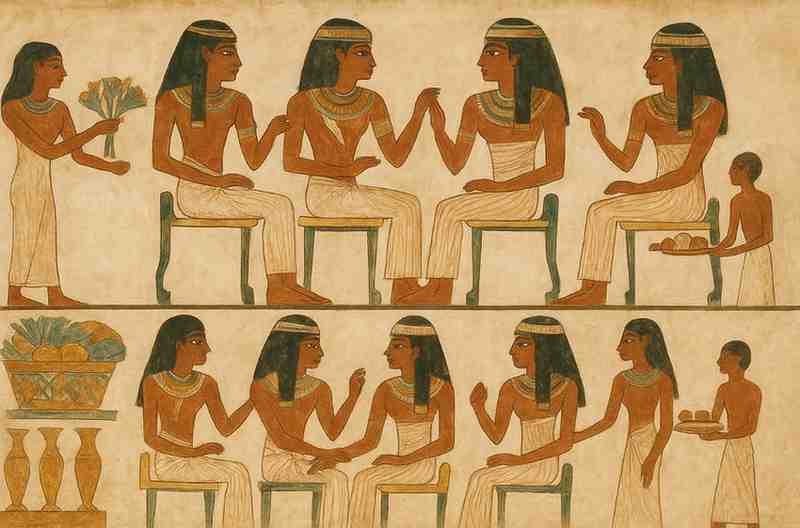

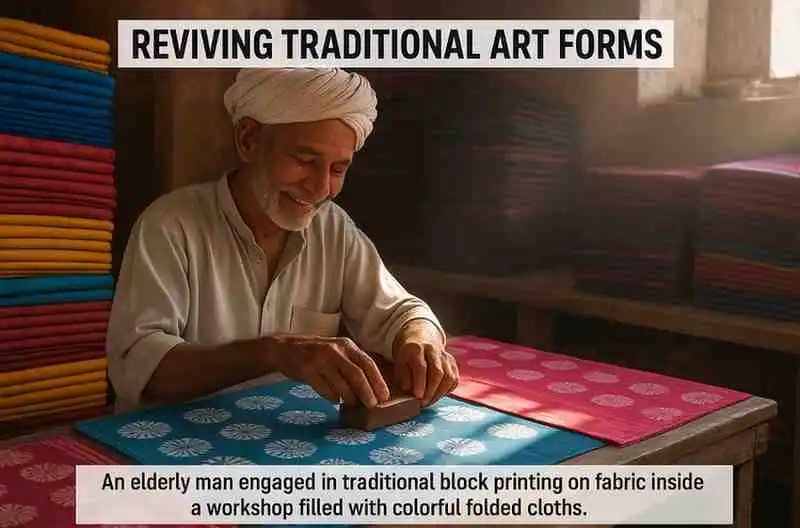

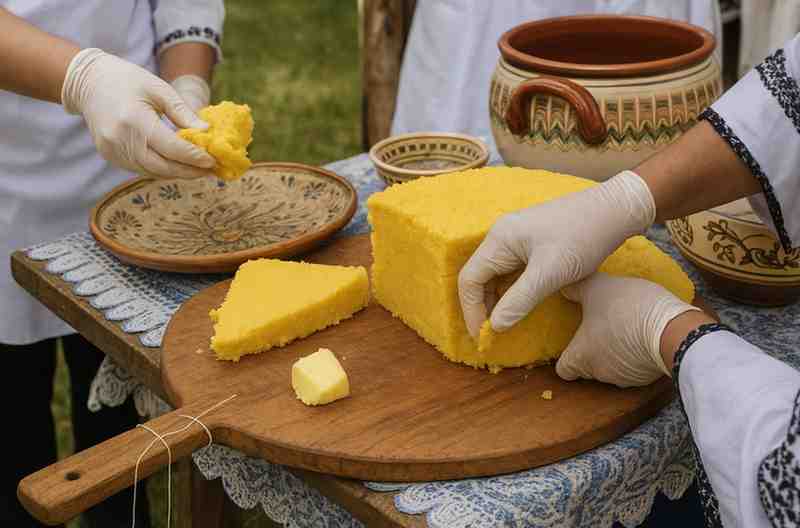
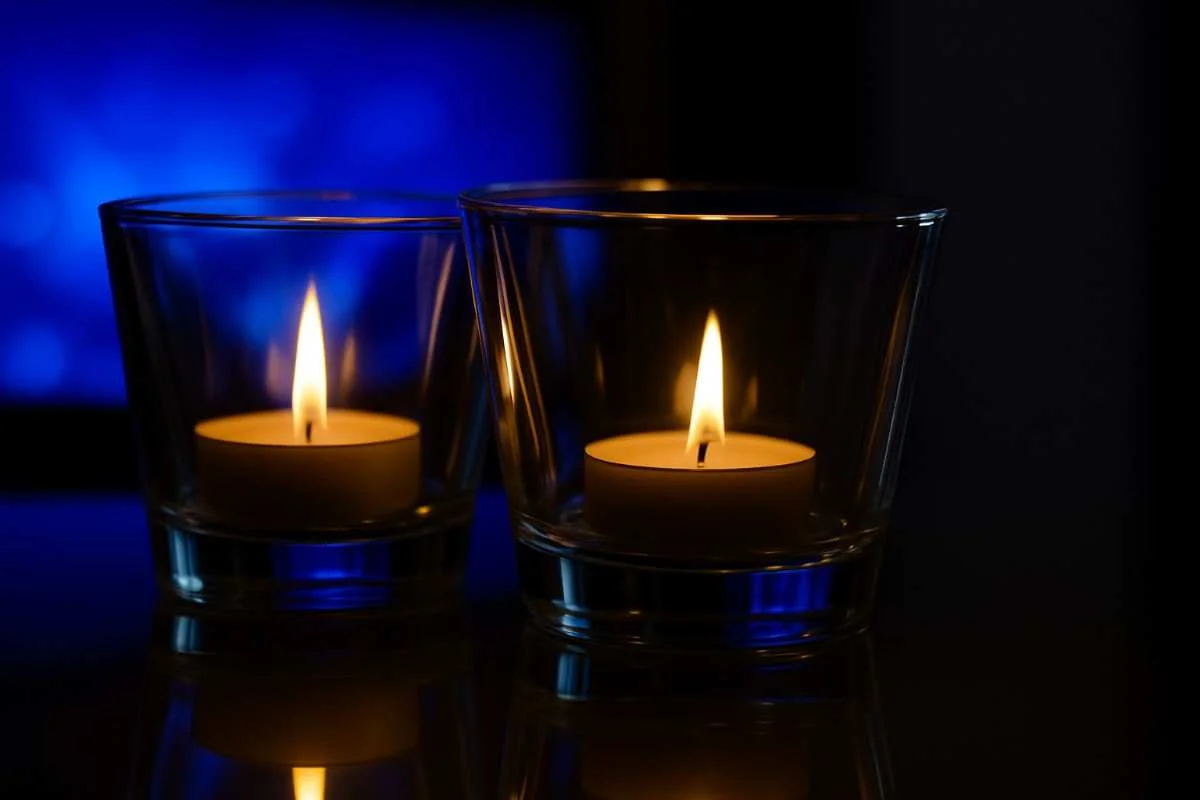



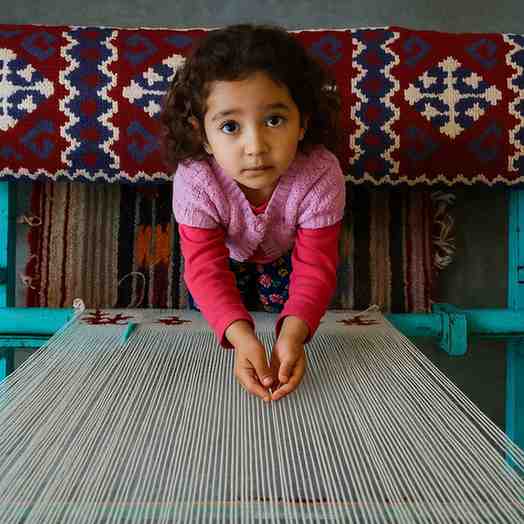
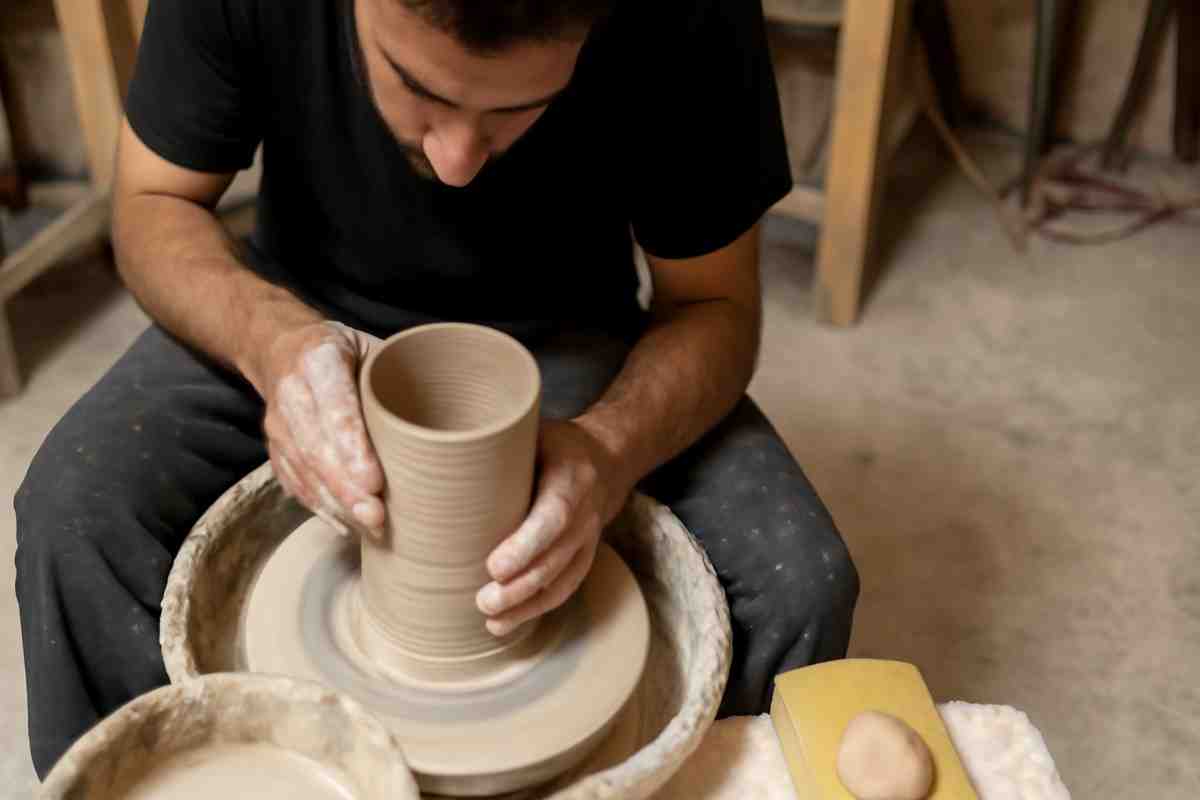
Leave a Reply